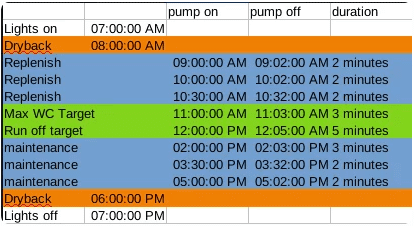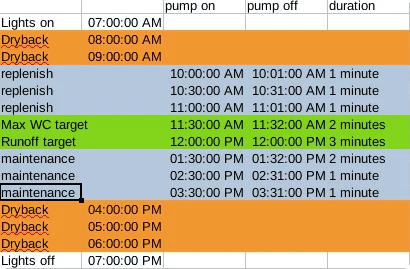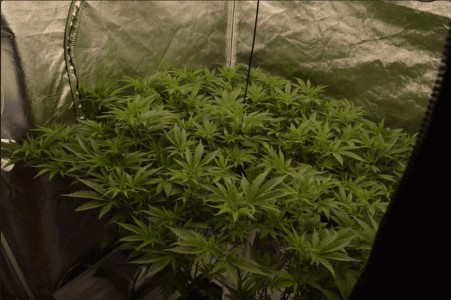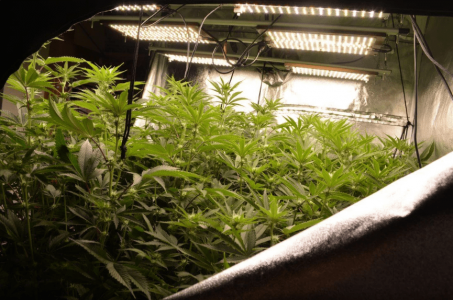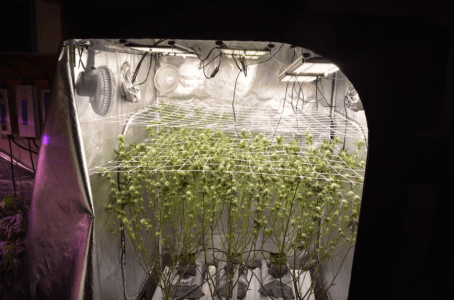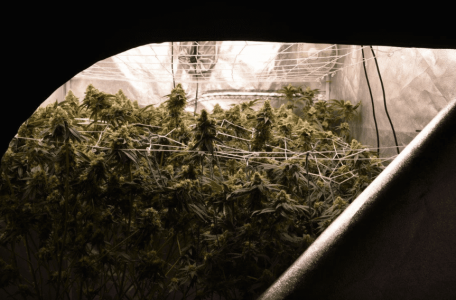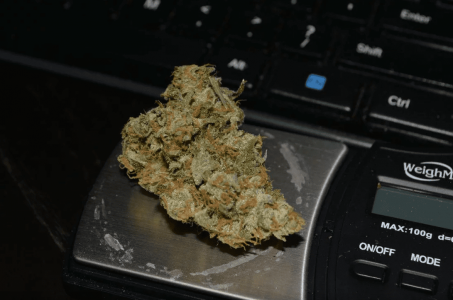correct, kinda. the schedule i base my steering schedule on is from arroyo, and drought stress is introduced during the first two weeks of flower, then again at week 5-6. they call it the "vegetative cycle," whereas the rest of the time is "generative cycle."
given I know you know your shit Anthem, the rest of this is for others edification. When engaging in such practices as drought stress, including crop steering, the objective is to manipulate the EC and water pressures at the root zone. This triggers various hormonal responses in the plant, which influences the plant's responses. Higher EC as a result of a scarcity of water stresses the plant into thinking "shit, i'm running out of lifeblood, better hurry up and finish procreating," vs a lower EC with an abundance of water makes the plant think "cool cool. lemme through some leaves, grow big, be content. i've got time." here are the charts I used last run.
crop steering can be applied in most medias, but it was developed specifically for practice in rockwool due to rockwool's characteristics.
vegetative cycle
View attachment 3785
generative cycle
View attachment 3786
by carefully timing these episodes of stress, in conjunction with other methods such as defoliation, a grower can predictably and effectively increase yield and potency.
View attachment 3787
View attachment 3788
View attachment 3789
View attachment 3790
I can write more about this technique, and really dive deep if there's interest. I spent months researching how to perform it prior to diving in. I have this full grow documented at the farm, and trust I plan on scraping all the content from that thread because of the value it has for me personally.


